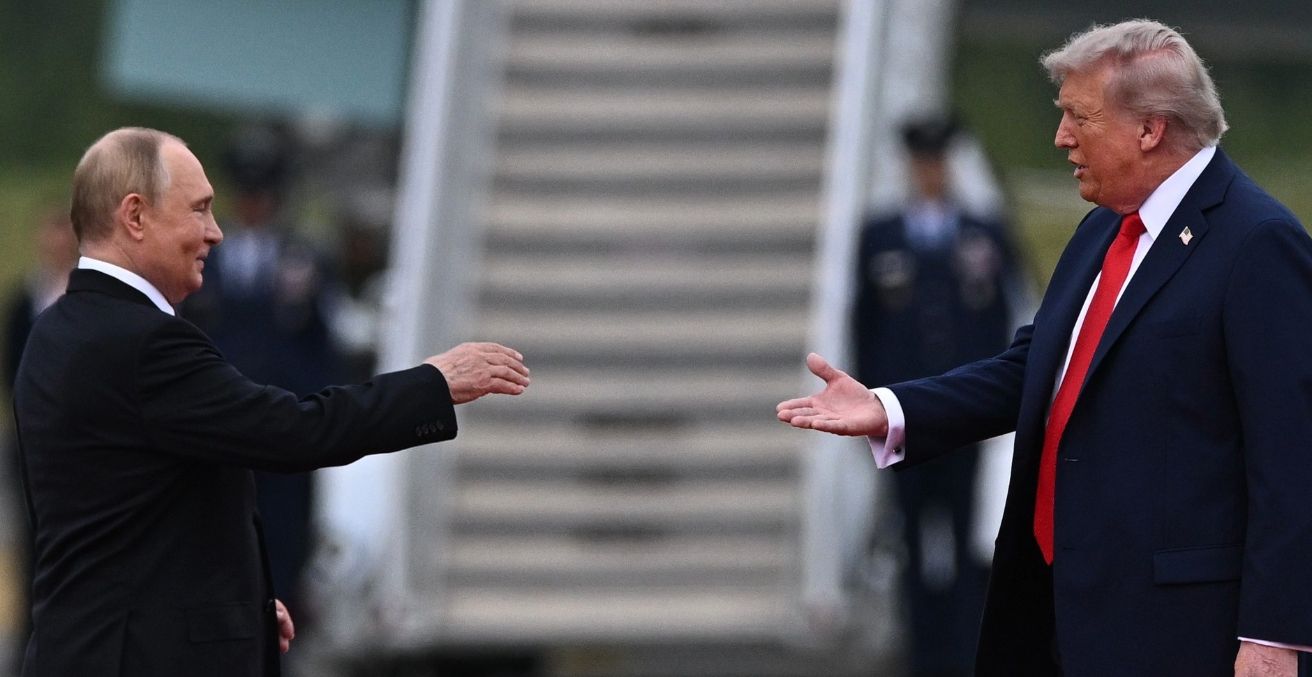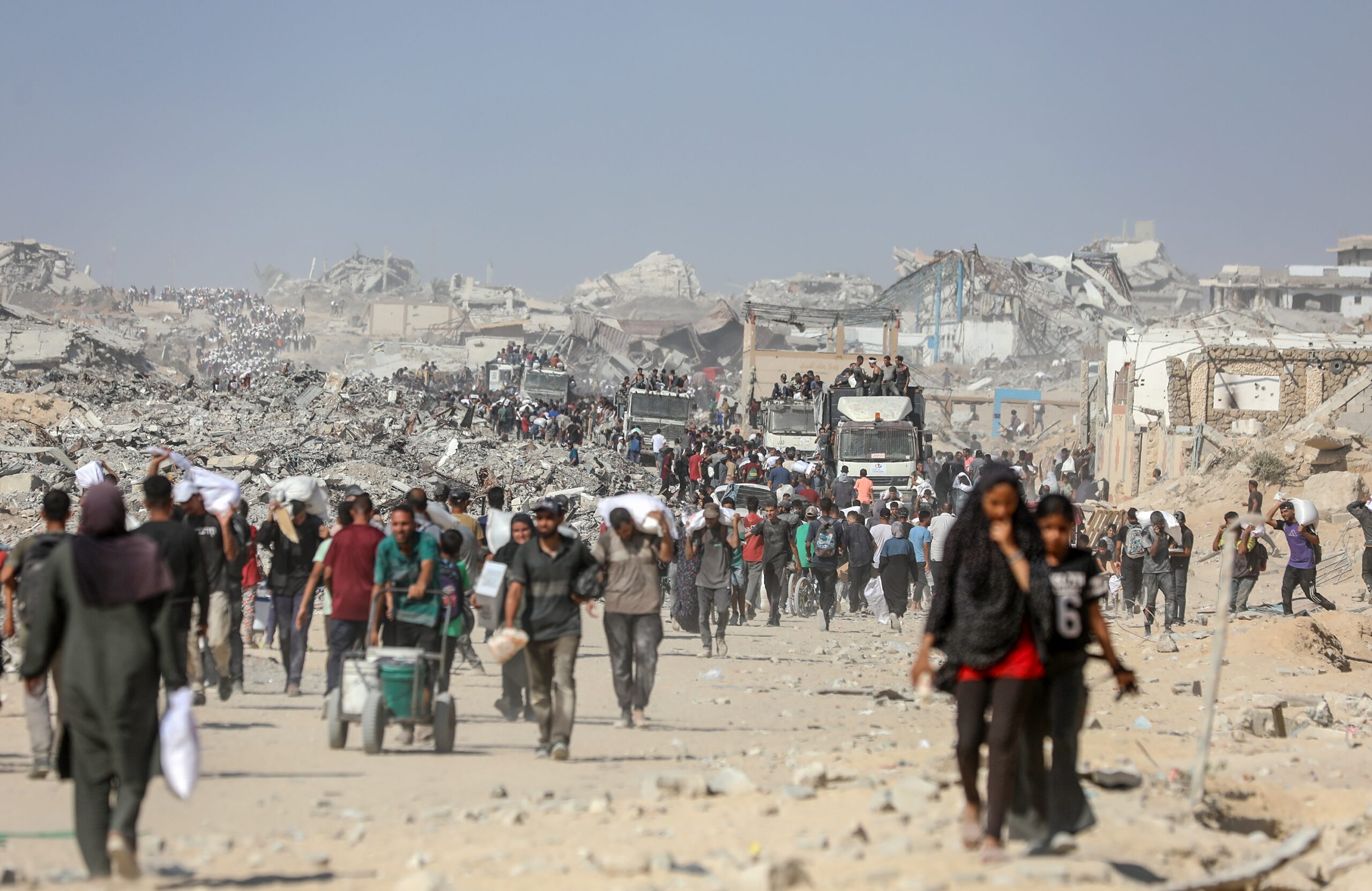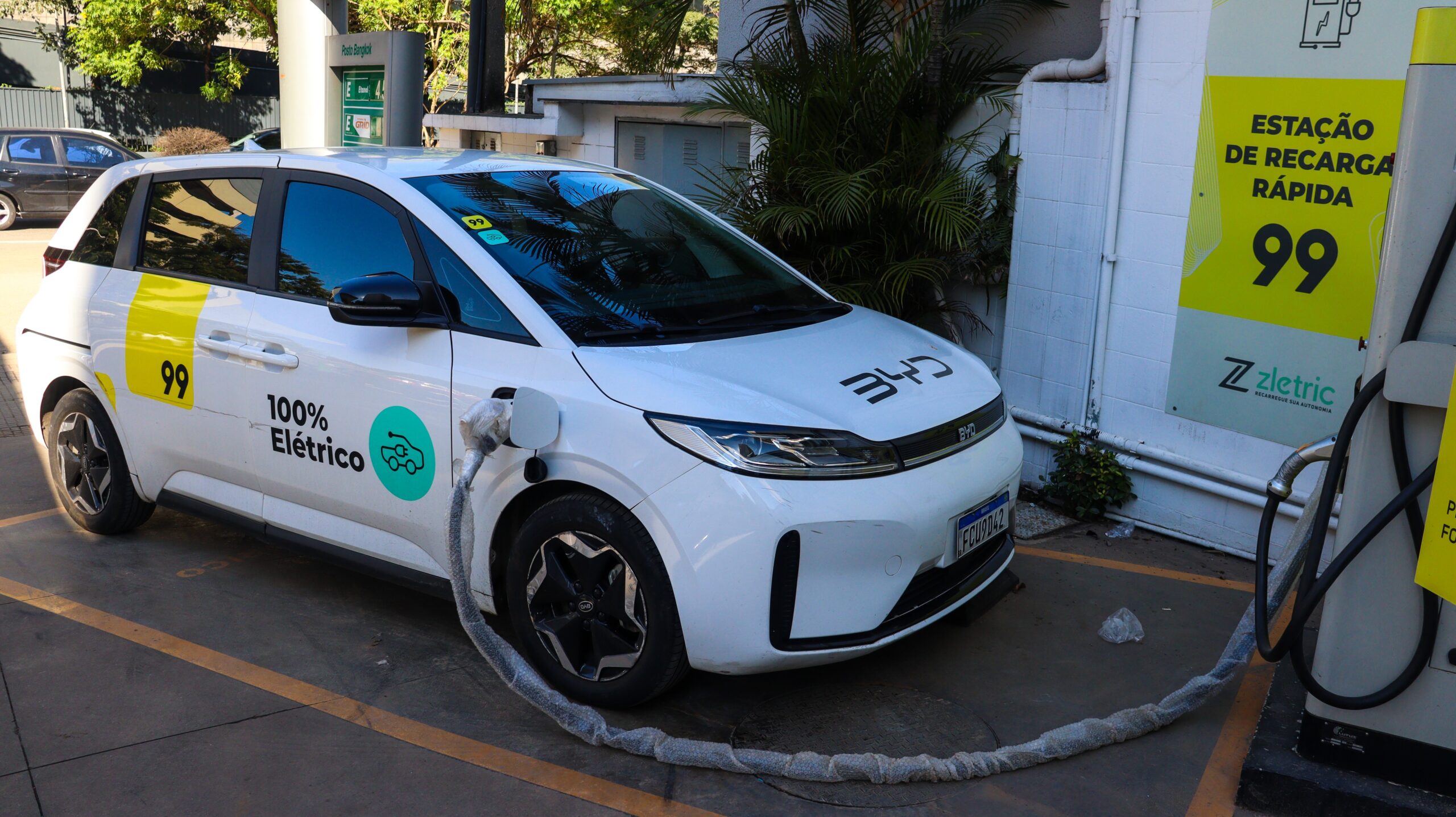On 15 August, the world watched something extraordinary unfold on a windswept Alaskan tarmac. President Donald Trump clapped and smiled as Vladimir Putin stepped off his plane, the Russian leader returning to US soil for the first time in nearly two decades. A literal red carpet had been rolled out. The two men embraced like old friends, then disappeared into the armoured presidential limousine to share a private ride to their meeting.
Putin, under US sanctions and wanted by the International Criminal Court for war crimes in Ukraine, was treated not as a pariah but as an honoured guest. In images broadcast worldwide, the leader accused of ordering mass atrocities was legitimised with pomp, ceremony, and the approval of America’s commander in chief.
No peace deal emerged from the meeting. No cease-fire was announced. Yet the symbolism of the day may prove more significant than any words exchanged behind closed doors. Trump gave Putin something that sanctions, indictments, and battlefield setbacks could never erase: global legitimacy.
The power of images
Diplomatic meetings are often judged less by their outcomes and more by their optics. The Trump-Putin summit in Alaska proved that rule once again. For Putin, simply standing beside the American president at Joint Base Elmendorf-Richardson was a victory. He didn’t have to agree to stop his war, withdraw his forces, or face accountability. He only had to show up.
Trump gave him the stage. He applauded his arrival, smiled broadly at his jokes, and even invited him into the presidential limousine, a gesture usually reserved for America’s closest allies.
Those images will circle the globe. In Moscow, they will be replayed on state television as proof that Russia’s leader is no longer isolated. To Putin’s supporters, it will look like vindication: the West, despite its sanctions and denunciations, is once again treating him as an equal, even a friend.
A sidelined Ukraine
The glaring absence in Alaska was President Volodymyr Zelensky. The Ukrainian leader was not invited to the talks, even though the summit was supposedly about ending the war ravaging his country. Instead, Zelensky posted a video message reminding the world that Russian missiles were still striking civilian targets that very day. “On the day of negotiations, the Russians are killing as well,” Zelensky said. His warning underscored the uncomfortable truth: while Trump and Putin laughed on a red carpet, Ukrainians were burying their dead.
This exclusion fit a troubling pattern. Great power leaders often prefer to settle global crises in private, sidelining the smaller nations whose futures are at stake. But in Ukraine’s case, leaving out its democratically elected president sent a particularly harsh message: decisions about his country might be made without him.
Critics in Washington immediately raised alarms. Senator Chris Murphy of Connecticut said the photo-op itself was dangerous, regardless of what was discussed. “The photo-op in and of itself essentially legitimises war crimes,” he told MSNBC. By standing shoulder to shoulder with Putin, Trump signalled to other strongmen that persistence pays off. Stay the course, weather sanctions, and eventually you too may be welcomed back with handshakes and applause.
This is the central danger of what could be called “red carpet diplomacy.” It treats the optics of friendship as more important than the substance of accountability. It risks normalising the idea that war criminals can still claim a place at the world’s most prestigious tables if they can simply wait long enough.
Perhaps most telling was Trump’s own framing of the summit afterward. Speaking to Fox News, he praised Putin for suggesting that the war would not have happened had Trump been in office. Trump then added that the real responsibility now lies with Zelensky.
That shift in burden is revealing. The aggressor, the leader who launched the invasion, is portrayed as someone who “wants to solve the problem.” The victim, the leader defending his country’s sovereignty, is told to “get it done.”
This reframing is not peacemaking. It is pressuring the weaker party to concede. For Putin, it is a dream scenario: he avoids blame while Ukraine is pushed to compromise on terms it has long deemed unacceptable.
International law is fragile. Its power rests not on armies but on the willingness of democratic nations to enforce its norms. When the United States, still the world’s most influential democracy, chooses to roll out the red carpet for an indicted war criminal, it chips away at that fragile system.
Putin faces an international arrest warrant for overseeing the deportation of Ukrainian children, a crime defined as genocide. He presides over a military that has bombed apartment blocks, schools, and hospitals. Yet in Alaska, none of this was mentioned. Trump did not call him out. He did not raise sanctions. He did not demand accountability.
Instead, he praised the “fantastic relationship” they shared and spoke of “great progress.” The result was a summit that elevated Putin without extracting a single public concession.
The business card of autocrats
Putin arrived in Alaska with an entourage that included his combative foreign minister, Sergey Lavrov, and a group of business executives. Lavrov made a point of wearing a sweatshirt emblazoned with “CCCP,” the old Soviet insignia, a deliberate provocation. The business leaders were there for another reason: to dangle the possibility of renewed trade with the United States.
Trump, a businessman at heart, noticed. On the flight to Alaska, he said Russia would have to end the war before business ties could resume. But by bringing executives along, Putin signalled what he truly wanted—not just recognition, but economic reintegration. The red carpet, in other words, was also a business card.
The summit’s symbolism stretched beyond Russia. On his way to Alaska, Trump also placed a call to Belarusian strongman Aleksandr Lukashenko, one of Europe’s longest-ruling dictators. Trump praised him for releasing prisoners and even entertained an invitation to visit Minsk.
Just as he did with Putin, Trump extended legitimacy to a leader long treated as an outcast by the West. For autocrats watching around the world, it was another signal: engage Trump directly, and the red carpet may be yours too.
What was abandoned
The Alaska summit will not be remembered for its substance. There was no breakthrough, no cease-fire, no roadmap to peace. It will be remembered for its images: Trump clapping as Putin arrived, the two men laughing in a limousine, the red carpet rolled out on an American military base.
Those images matter. They represent a choice, to prioritise spectacle over justice, to welcome rather than isolate, to grant legitimacy instead of demand accountability.
For Ukrainians still enduring bombardment, the summit offered little hope. For the global system of international law, it delivered a blow. And for Putin, it offered exactly what he wanted: proof that the world’s most powerful democracy still sees him as a partner worth celebrating.
The lesson of Alaska may be this: in the contest between red carpets and the rule of law, America chose the carpet. And when history looks back on this moment, it may conclude that what was abandoned on that tarmac was not just Ukraine, but the very principle that aggressors do not get red carpets.
Akshit Tyagi has worked full-time as a business and financial journalist in India for Republic TV, has worked part-time for The Canberra Times, and writes regularly for Australian Outlook and Independent Australia among others. Akshit Tyagi is a Master of International Relations student at ANU, Canberra.
This article is published under a Creative Commons License and may be republished with attribution.





